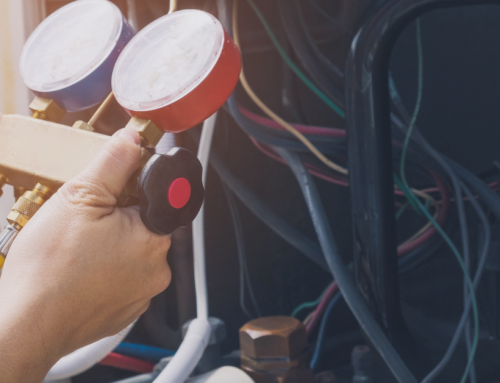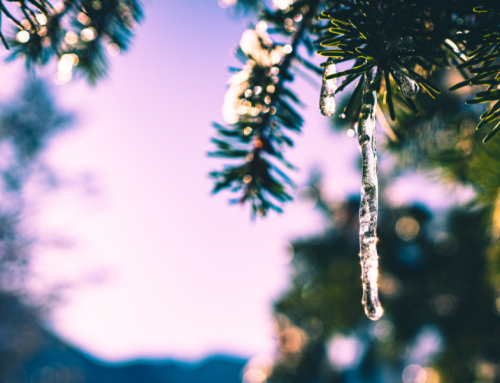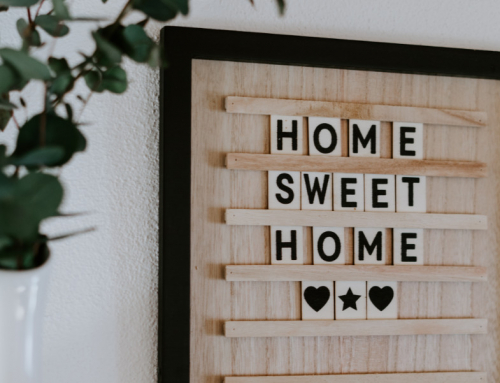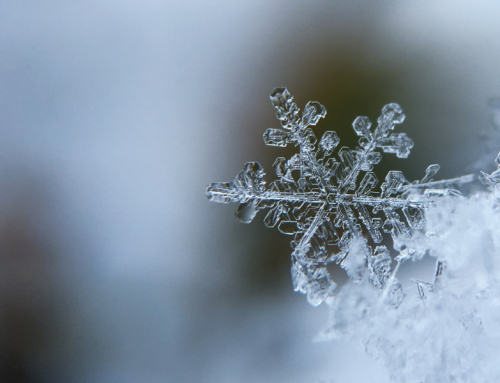
We know that getting ready for winter may seem overwhelming—especially if this is your first time caring for your home in severe weather. While there are many things to consider when winterizing your home, you can do it! And you can avoid a lot of stress by taking it step by step.
To make things easier, we’ve compiled a list of the essential steps to prepare for winter. Some are fine to DIY—others are best left to a professional. If you have questions about how to winterize your home, chat with a savvy friend or neighbor (or call us!) to get advice.
Bountiful HVAC is here to help you stay safe and warm during the winter months. With this list and some assistance from your neighborhood HVAC technician, you’ll be ready to enjoy the season.
Why is it important to winterize your home?
The first morning you wake up to a blanket of snow is always a bit magical. The world is quiet, the roofs are covered in white, and your breath frosts when you peek your head out the door to test the cold air. But if you haven’t prepared for winter, it can also leave you feeling worried.
Whether you love winter or dread the snow, it has a significant impact on your home. From patio furniture to pipes, preparing now for the cold will prevent problems later.
So make yourself a hot cup of cocoa and dive in!
The Beginner’s Guide: How to Winterize Your Home
Your home is as unique as you are. Use this list as a guide to help you winterize your property, but feel free to adapt it to fit your needs.
When preparing for winter, there are three main areas to consider: outdoors, indoors, and personal preparation. We’ve broken each of these down for you.
Getting Ready for Winter Outdoors
We recommend starting outside first—it’s much easier to winterize your home and property when it isn’t covered in a blanket of snow. Take a look at this list, get the needed supplies, and get started!
Put Safety First
Always use proper protective equipment and make sure your tools are in good repair. If you feel unsafe climbing ladders or getting on your roof, don’t be afraid to ask for help. The last thing you want is to spend the winter nursing an injury.
If needed, you can check with family or neighbors and offer to team up to prepare each others’ homes. This is a great way to make winterizing more enjoyable and keep everyone safe.
Start Before the Cold Hits
Getting a head start before the first big storm will make everything on this list easier. But we know winter weather can be unpredictable. Here in Utah, we can go from a warm, sunny morning to a full-on blizzard in the space of a few hours
So if winter has already hit, don’t despair. Just give yourself extra time to work safely and bundle up. You’ll still be able to take care of everything you need to.
Clean Out the Gutters
During the warmer months, your gutters often fill up with leaves and other debris. Clearing them now helps prevent blockages and freezing when it’s cold. Place a ladder beneath the gutters, checking to make sure it’s secure, then use a trowel or gloved hands to remove buildup.
Bring In or Protect Outdoor Furniture & Plants
You can greatly extend the life of your outdoor furniture, barbeque, and plants by protecting them from the elements. If you have space, bring sensitive plants inside for the winter. Otherwise, cover them with heavy plastic or fabric and clear snow off after storms.
Cover or move your patio furniture before it snows. As for your grill, you can cover it to store outside or bring it into your garage or shed. However, you should never bring a propane tank indoors. To safely winterize your propane grill, leave the tank connected but shut off. Then you can simply cover it and leave it outdoors.
Check Your Roof
Discovering a leaky roof in the middle of a snowmelt is a huge pain and can lead to expensive repairs. To make sure your roof is ready for winter, start by checking for and replacing loose shingles. You should also trim any tree limbs that could damage your roof in a storm.
A simple way to find weak spots in your roof is to go into your attic on a sunny day and find places where the light shows through. If you have concerns about your roof or need significant repairs, contact a licensed roofing expert.
Check External Sealing
A key step of winterizing your home is to ensure that it’s properly sealed. Not only will this keep you cozier, but it’s also more energy-efficient. Take a few minutes to walk the exterior of your house and look for anywhere two materials meet. This includes the foundation, windows, doors, and around any exterior vents.
You should be able to see smooth, crack-free seals between each seam. If you find leaks, you can easily seal them yourself using exterior-grade caulk.
Clean Out Your Chimney
Having a fireplace inside can provide a charming source of heat when it’s chilly. But a debris-filled chimney can turn into a dangerous house fire. Before you light the first fire of the year, check your chimney with a bright flashlight and a poker (and don’t forget the safety glasses and dust mask).
If your chimney is easily accessible, you can clean it out yourself. For tricky access or severe buildup, call a professional and have a full chimney inspection.
Mark Areas for Snow Removal
If you live in an area with significant snowfall, use stakes, poles, or dowels to mark a path for snow removal. This can help you avoid hitting the wrong things and makes snow blowing much easier later on.
Clear Your Yard and Garden of Debris
Before the snow hits, winterize your yard by removing debris and clutter. You can trim back plants and clear away any potential hazards. To make your cleanup easier, check to see if your city has a scheduled day to dispose of Green Waste.
Detach any hoses and store them in your shed or off the ground. You should also check to make sure that all external faucets are shut off to prevent burst pipes.
Place Snow Removal Tools for Easy Access
You don’t want to be stuck without a shovel when you’re running late for work. Take the time now to ensure you have everything you need. Place tools in accessible areas and ensure you have the proper safety equipment nearby.
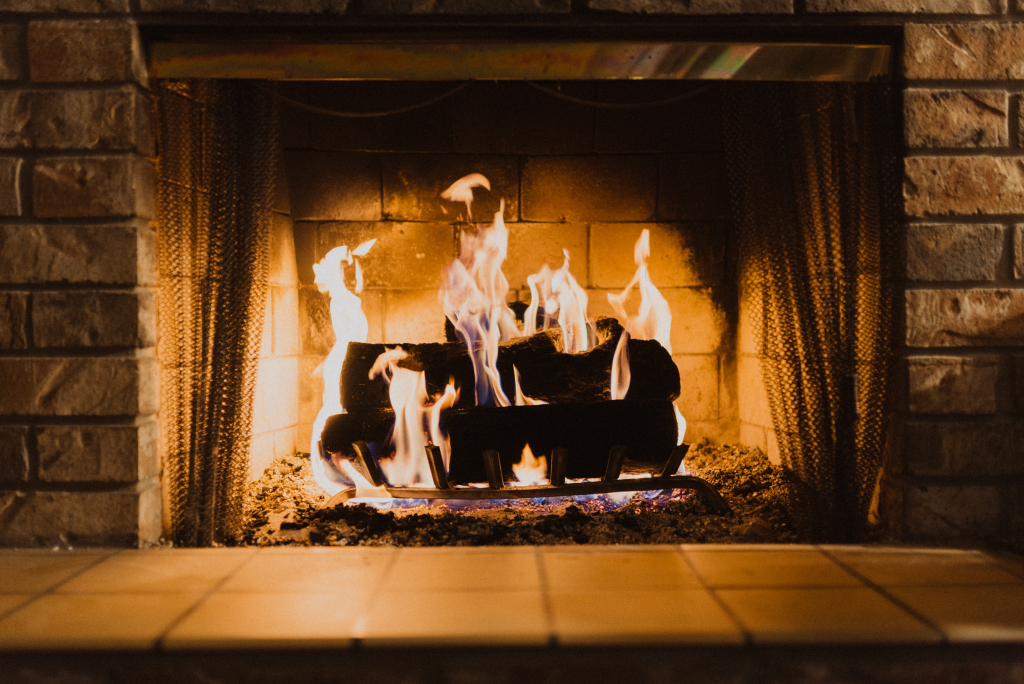
How to Winterize the Interior of Your Home
We’ve already compiled a list of simple ways to reduce your winter heating bill—to go the extra mile, try some of these tips, too.
Check for Sealant Leaks
You’ve already checked the outdoor sealant—now it’s time to make sure everything is airtight inside. Pay extra attention to windows and doors that lead outside. Tiny air leaks may not seem like much now, but proper sealing can save you big on your heating bill.
You can repair any leaks yourself with caulking. You can also add weather stripping to give you extra protection from the elements.
Put Up Heavier Drapes
Windows are a massive source of heat loss in winter. Consider trading your normal drapes for heavier curtains made to insulate your home. You can open them during the day to let in sunlight or air and close them at night to keep warmth from escaping.
Close Off Unused Areas of Your Home
If you have areas of your home you use less frequently, close doors and vents before turning on your furnace. This makes winterizing these rooms easy and redirects heat to where you need it most.
Insulate Your Pipes
Insulating your pipes is usually a simple DIY project. To prevent frozen pipes, use pipe wrap or foam sleeves to protect pipes wherever they run through unheated areas. You can also reduce heating costs by insulating your hot water pipes.
Get Smart with Your Heating
Switching to a programmable thermostat is more energy-efficient and cost-effective. These thermostats allow you to set custom temperatures for different times of the day, so you don’t pay to heat an empty house.
If you spend most of your time in one room, consider investing in a space heater. This allows you to stay comfortable without adding too much to your heating bill.
Test Your Furnace
Before a cold front hits, check to make sure your furnace is ready for the job. Start by visually inspecting your furnace, filter, and air vents. Replace your filter if necessary. Next, turn your furnace on and let it run for 10-15 minutes.
You will probably detect a bad smell. This is normal—dust settles in your furnace during the summer and burns off when you turn it on for the first time.
After 10-15 minutes, your home should be warmer and the smell should be fading. If you don’t notice a temperature change, it might be time for a professional checkup.
Have an HVAC Inspection
As you winterize your home, consider getting your heating system checked by a professional. At Bountiful HVAC, we’ve been taking care of our customers’ comfort for over thirty years. We can check your furnace, vents, thermostat, and any other heating elements you have concerns about. If you need repairs or replacements, we offer prompt service and no-haggle competitive pricing.
Having a professional HVAC inspection gives you peace of mind and detects any problems before they become serious (or leave you shivering in a snowstorm).

Getting Yourself Ready for Winter
Yes, it’s important to winterize your home—but how do you winterize yourself? Here are a few simple ideas to make sure you’re ready for the chilly season, too.
Pull Out Your Winter Clothes
Swap your shorts and flip-flops for warm layers and a good pair of gloves. Hang a coat where it will be easy to grab if you need to rush outside. And don’t forget your sunglasses—they’re not just for summer!
Check Your Tread
You and your vehicle both need good tread to stay safe in winter weather. A quick way to check your tires is to place a penny upside down in several grooves in the tread. If you can see Lincoln’s head, your tread is wearing thin—consider replacing your tires. If his head is usually covered, your tread should be good to go.
While you’re at it, check the tread on your boots. Having the proper traction is essential in icy weather. For extra safety while you walk, try a pair of ice grips. These are easy to attach to your shoes and can save you from a nasty spill.
Air Out Your Winter Quilts
No one likes that musty closet smell on the first cold night of the year. To air out your quilts, drape them over chairs and sofas for an afternoon and spritz with your favorite fabric spray. To make your own, just pour some rubbing alcohol or vodka into a spray bottle and add 10-15 drops of essential oils.
Make a Plan to Address Winter Blues
Seasonal depression is common in the winter months. Part of this stems from grey skies, shorter days, and fewer opportunities for outdoor recreation. Taking extra care of yourself can help lift your mood and keep you healthy.
Try to eat nutritious meals, stay active, and spend time with loved ones. Getting daily sun exposure, where possible, can also give you a boost. If you find yourself feeling unusually down or depressed, consider talking with a trusted friend or medical professional.
Refill Your Cocoa Stash
This may be the most important item on our list. Okay, maybe not—but there’s nothing like a mug of hot chocolate in the middle of a snowstorm. Especially if it comes with those teeny marshmallows. Whether you love sipping tea, coffee, or cocoa, make yourself a stash of hot beverages. Your future self will thank you.
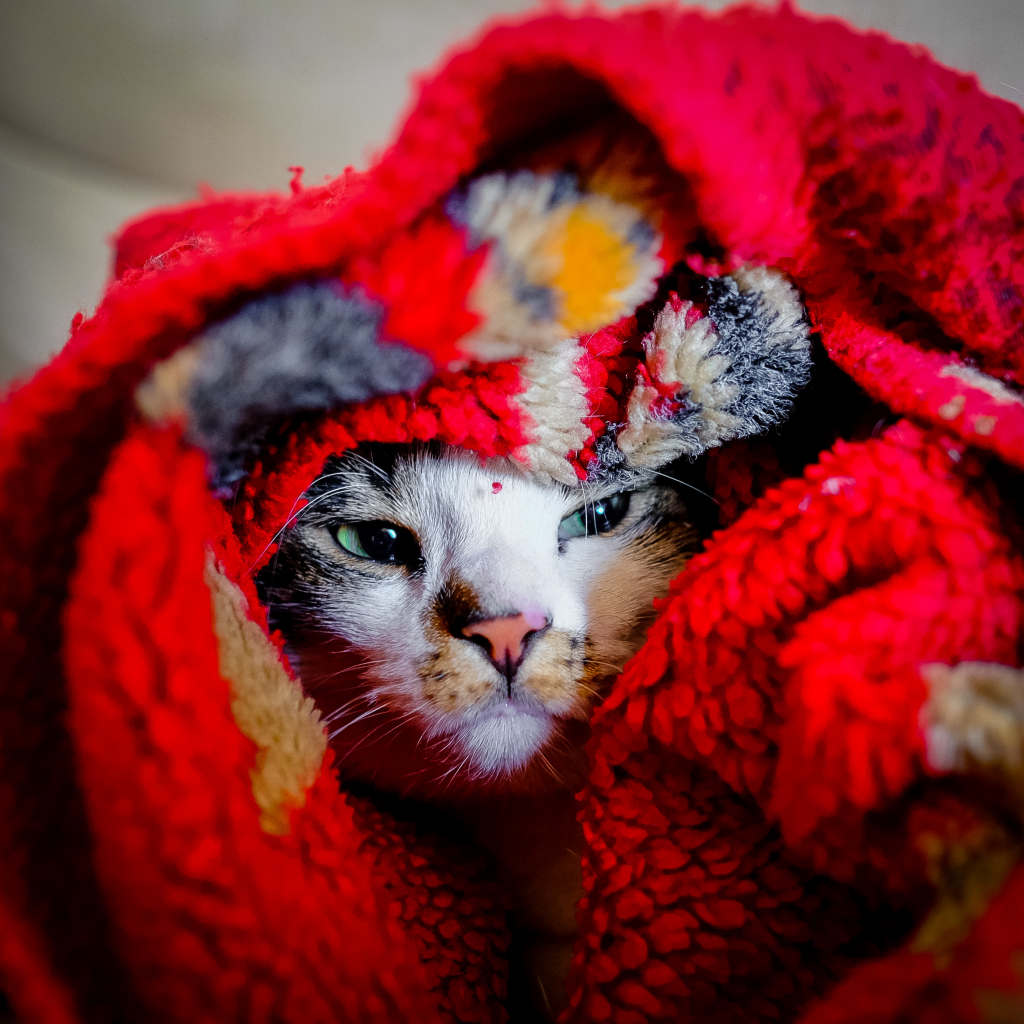
Let it Snow
When you’re well-prepared for winter, you won’t have to worry about what Mother Nature has in store. Even if you can’t tackle everything on this list before the seasons change, take some time to address the most important areas in your home.
We hope you now have a better idea of how to winterize your home—without any added stress. And we wish you a safe, cozy winter season.
Whether you’re preparing in advance or already in the middle of winter, we’re here to help. We’d love to help get your HVAC system up to par for the chilly months. We’ll check your furnace, vents, and any other problem areas. We know our stuff, so we’re happy to advise you on the best way to prepare for the elements.




